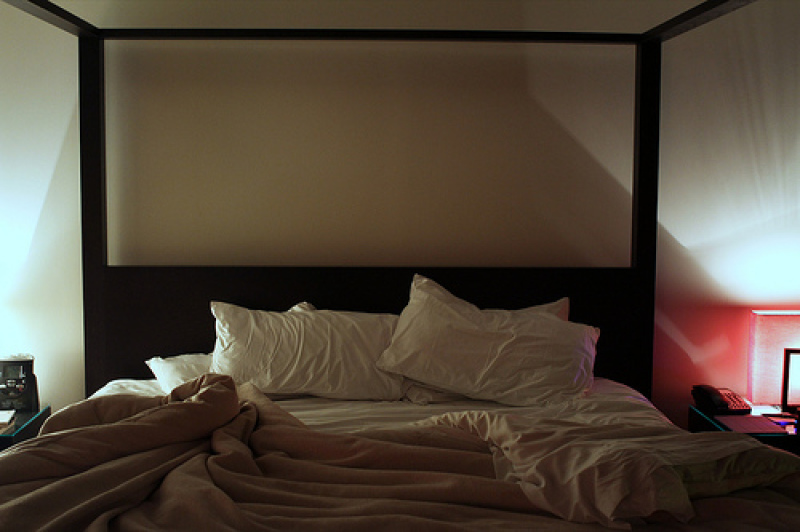
For the millions out there who refuse to make their beds immediately after waking up, a scientific study is finally backing you up.
According to researchers from the Kingston University in the U.K., leaving your bed unmade can save you from the millions of dust mites living there, Health Aim reported.
For the study, the researchers used computer models to analyze the living conditions of about 1.5 million dust mites in an average bed. Since these bugs are microscopic in size, people cannot see them. They thrive by feeding on the skin cells that flake off a person's body.
These millions of dust mites then leave excretions on the bed that can lead to allergies and other irritating effects.
The researchers explain that when a person sleeps, the bed can become damp due to the sweat that the body produces. When the bed is made the following morning, the sheets covering the damp surface leaves a moist condition that dust mites thrive in.
Conversely, leaving the bed unmade exposes it to light and heat for a longer period of time. This results in a dry condition that can kill off the dust mites. Researchers suggest leaving the bed in its wrinkled up and uncovered form for an entire day to prevent the population of dust mites from flourishing.
"We know that mites can only survive by taking in water from the atmosphere using small glands on the outside of their body," Dr. Stephen Pretlove of the Kingston University said according in a press release.
"Something as simple as leaving a bed unmade during the day can remove moisture from the sheets and mattress so the mites will dehydrate and eventually die," he added.
The computer model used by the research team is only the first part of the study. For the second phase, they plan to deliberately breed dust mites in 36 tests homes in the U.K. to come up with methods on how to effectively eradicate them, according to BBC.
Aside from leaving beds unmade, the research team believes using proper insulation, ventilation and heating systems can reduce the number of dust mites in houses. They also think builders can benefit from the study by building homes that are not prone to dust mite infestations.
"Our findings could help designers create healthy homes and healthcare workers point out environments most at risk from mites," Pretlove said.
It can also help reduce the expenses spent on treating illnesses caused by dust mites such as asthma.



















